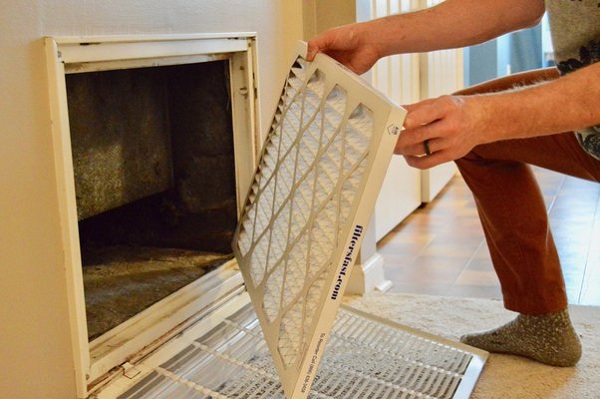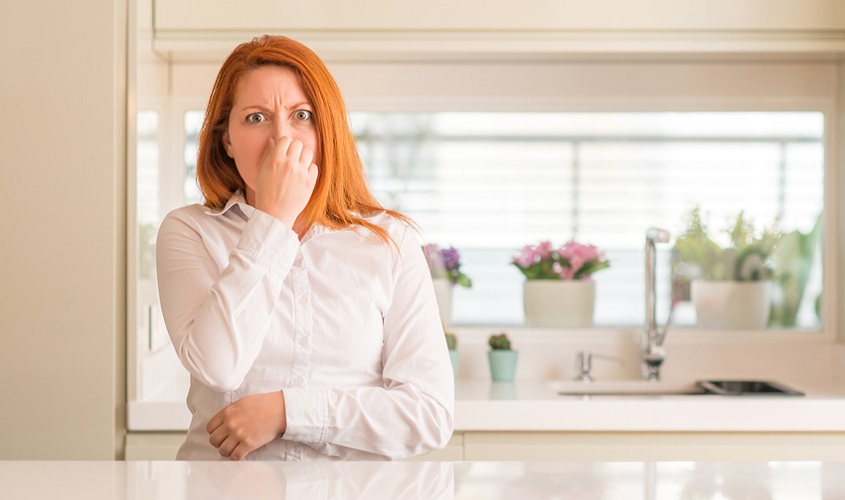Old homes have personality and charm that most new homes don’t have. Unfortunately, those same old houses can also have that, uh, musty, stagnant smell.
Before or after finishing your move-in cleaning checklist, don’t forget to get rid of that stale house smell.
Here are 8 ways to get rid of old house smells if your old house doesn’t smell as fresh as the ink on your purchase and sale agreement.
Find the source
To get rid of the smell of an old house, you need to know what makes it smell that way. It’s clear that it’s much easier to get rid of the smell’s source than to just cover it up with something else.
So, where do you start looking for the smell’s source? Use all your senses and look everywhere in your house.
Follow your nose. The smell might only be coming from one part of the house (maybe a previous pet liked doing their business in a specific room).
Look for leaks and mold in your basement, crawl space, and attic with your eyes. Look for leaks under every sink, faucet, and pipe in your home, and try to fix it as soon as you find it.
If you can’t find the source, you might want to talk to an expert. If your house smells like mildew, call a plumber to look for water leaks in old pipes.
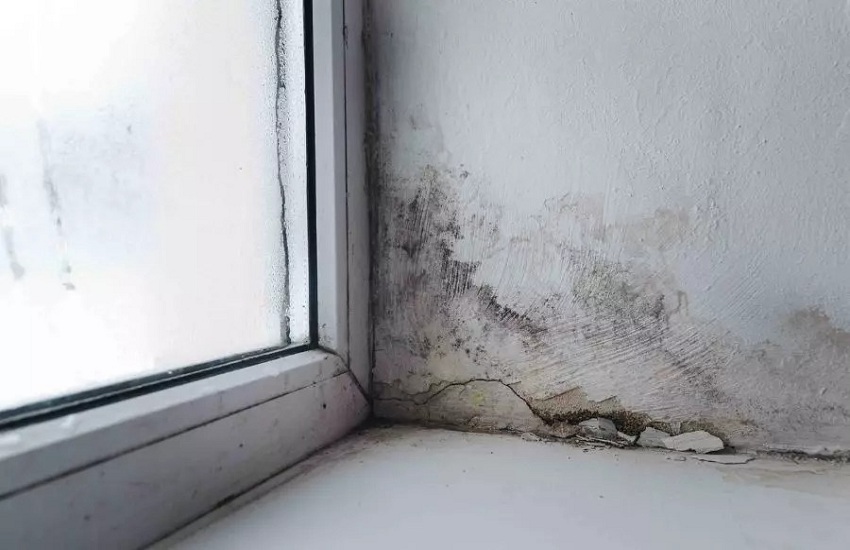
Let the light in
Throw back the curtains and open the windows to let in fresh air from the outside and get rid of old, stale air.
The idea is to let air flow through the whole house, even into all the nooks and crannies of older homes. Open every door and window that has a screen. Turn on fans to make cross breezes or get air into the darker parts of an old house.
When you open up a house, you do more than just let fresh air in and dry it out. It also lets the sun in. UV light from the sun is a natural way to kill germs, and the dry heat from the sun helps get rid of old house smells.
And if you want to take it up a notch, blast “Let the Sunshine In” by The Fifth Dimension, a classic song from the 1960s, as you throw open the windows.

Dehumidify
If your home is humid, you might want to buy a dehumidifier or two in addition to opening the windows.
Keep these dehumidifiers running to get rid of the extra moisture in the air (which mold loves) and make things even drier.
Where should you put a dehumidifier? Especially in basements, crawl spaces, and bathrooms, where there is a lot of moisture.
And remember that dehumidifiers need space to keep air moving so they can work properly. Don’t put it too close to walls or furniture. If you don’t, they won’t get enough air and won’t run well.
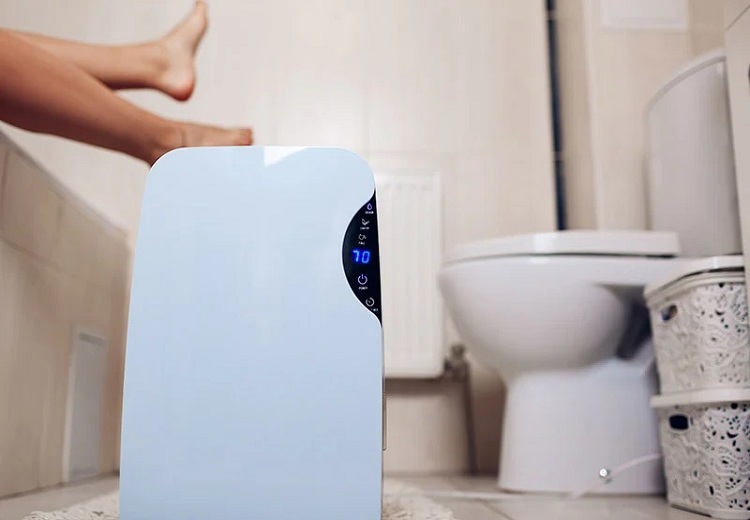
Clean Up Mold
Mold is the most common cause of old house smells, and it can also be bad for your health. Mold can make allergies and breathing problems like asthma worse, or it can give people with weak immune systems more serious infections.
So, you should be careful when cleaning up mold.
In fact, it’s recommended that you call a remediation professional if you find a spot bigger than 10 ft2 or if you think the mold is hidden or toxic.
If you want to clean mold yourself, you should first read the EPA’s Brief Guide to Mold and Moisture in Your Home to find out how to do it safely.
Here are some tips from that guide on how to limit your exposure to mold in the air:
- Only cleaners: Send kids, pets, pregnant women, and people with breathing problems out of the house.
- Wear Gloves: Don’t touch mold or moldy things with your bare hands!! Use long gloves that reach about halfway up your forearm. If you are using strong cleaning products, you might want to wear gloves made for work.
- Wear goggles: preferably ones that don’t have holes for your nose and mouth.
- Wear a respirator. A N-95 respirator is best. Make sure the respirator fits your face well.
Note: How to Remove Mold without Harmful Chemicals?
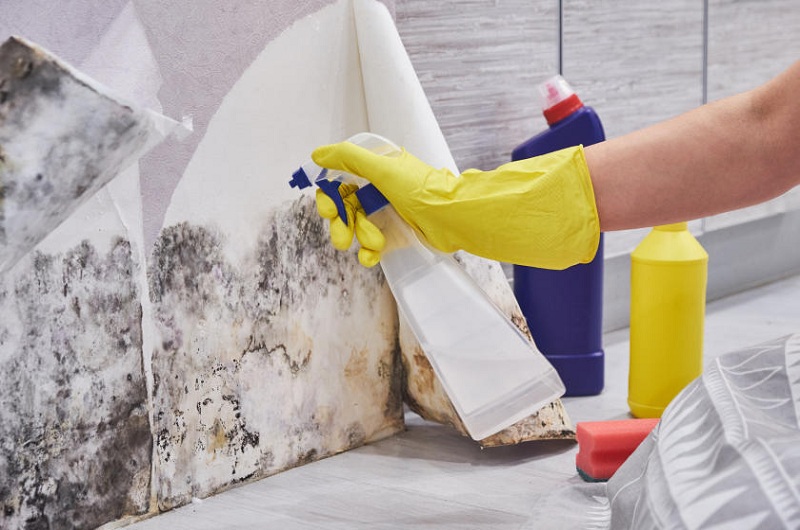
Clean the carpets and upholstery
Carpet fibers and window treatments, which are both made of porous materials, love to hold on to smells. Tobacco, pet stains, spills that haven’t been cleaned up properly, and even vomit.
Unfortunately, these smells tend to stay in carpets and upholstery for a very long time.
There are a few ways to deal with the source of smells in home fabrics, which is good news.
Sprinkle baking soda, let it sit out overnight to absorb the smells, and then vacuum it up the next day for a lighter clean. Or, spray the furniture with a mixture of white vinegar and water.
Hire a professional cleaner if you need a deeper clean, which you probably do.
Or it might be best to pull up the carpet and the window treatments and buy new ones.
If you’re lucky enough to live in an old house, that carpet might be hiding beautiful hardwood floors.
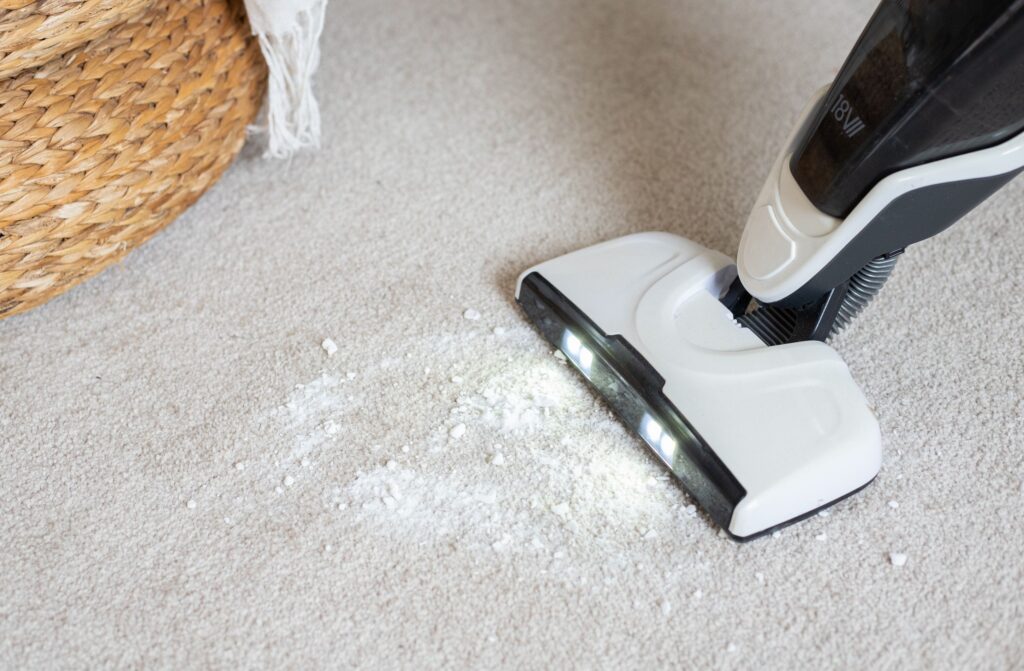
Wash Walls & Ceilings
It may be hard to believe, but smells can also be trapped in walls and ceilings. Smoke, grease, even mildew.
Your first thought might be to paint the room. But before you pick up that paintbrush, you should clean the walls and ceiling well.
You can make your own cleaning product by following one of the many online recipes, like Bob Villa’s, that call for vinegar, borax, bleach, and warm water.
Use a sponge to wipe the mixture over your walls and ceilings to get rid of grease, mildew, and other smells. (Remember to wear goggles, gloves, and a mask if you think there might be mold!)
Once the paint is dry, smell the walls (yes, you will look weird smelling your walls) and touch up any spots where the smell is still strong.
Oh, and if you have those tacky popcorn ceilings, u Use a spray bottle filled with the same cleaning solution to get into the cracks.
If the old house smell is still there, you may have to remove old wallpaper or paint the walls with an oil-based, mold-resistant primer paint to seal them.
Sidenote: Even though the walls and ceilings should be the main focus of your cleaning, you should also clean these other parts of the house:
- Baseboards
- Fixtures, switches, and light bulbs that need to be changed
- Radiators
- Windows
- Blinds on windows (for wood and vinyl blinds, dip a soft cloth in vinegar and wipe)
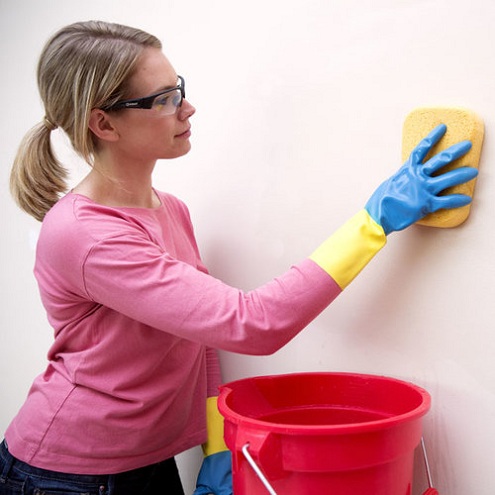
Neutralize the Air
If you are on a tight budget, you can get rid of musty smells by putting out baking soda, white vinegar, or even cat litter in an open container. Even dryer sheets in cabinets and closets that are built-in can help.
Putting out bags of activated charcoal-based odor neutralizers is also a stronger choice.
What exactly is activated carbon? (Good question) It’s a highly adsorbent material that captures odor-causing chemicals (as well as non-odorous chemicals) in the air.
There are a lot of different odor neutralizers to choose from online. We used DampRid in our basement and noticed a difference in how damp it was.
This electric Hamilton Beach TrueAir Room Odor Eliminator is recommended if you need an odor neutralizer with a bit more power. It gets rid of musty old house smells quickly and effectively.
Clean the HVAC system
Over time, dust and dirt build up in your ducts, pipes, vents, and other parts of your heating and cooling systems. And sometimes it can also grow mold. It’s possible that the last people who lived there didn’t take care of their HVAC.
And if your HVAC system is the source of the old house smell, it could be making the smell even worse. You might be pumping that old-house smell all over your house by accident. DOH! would be what Homer Simpson would say.
Depending on the type of HVAC system you have, you may need to replace the air filter(s). The air filter’s job is to catch things that are bad for the air in your home. And that filter might be full of whatever is making that old house smell.
Once you’ve changed the filter, make sure to put it on a maintenance schedule so it gets changed at regular intervals.
